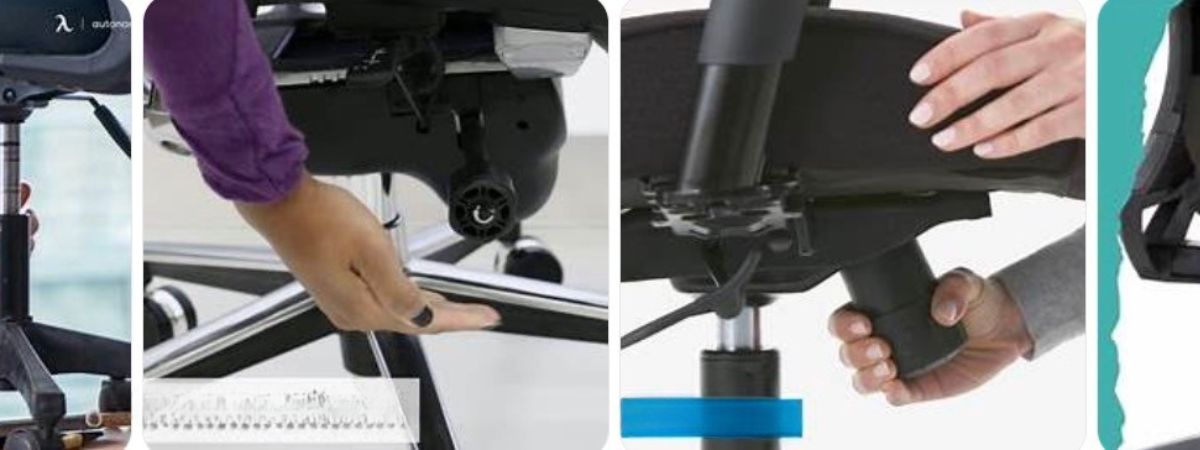If your office chair leans back too easily or won’t recline at all, the tilt tension spring may be the culprit. This small but essential component helps regulate the resistance when you lean back, offering comfort, balance, and ergonomic support. When it wears out or breaks, the chair may feel unstable or stiff. Fortunately, identifying and replacing a tilt tension spring is a straightforward DIY repair with the right tools and guidance.

What Is a Tilt Tension Spring?
The tilt tension spring is typically housed inside or near the tilt mechanism under your office chair. It controls the force needed to recline the backrest. Most chairs feature a large coil spring attached to a tension adjustment knob. By turning the knob, you compress or loosen the spring to increase or reduce the tilt resistance.
Over time, this spring can weaken, break, or get stuck—leading to reduced recline control or failure to hold your weight properly when leaning back.
Signs Your Tilt Tension Spring Needs Replacement
– The chair leans back too easily without resistance
– You feel no change when adjusting the tilt tension knob
– The chair won’t stay upright or reclined properly
– Visible damage or rust under the seat near the mechanism
– A broken or detached coil spring inside the tilt plate
If you notice one or more of these issues, it’s time to inspect or replace the spring.
How to Identify the Right Tilt Tension Spring
Not all springs are created equal. Before purchasing a replacement, you’ll need to check:
– **Chair brand and model** (if available)
– **Mounting size and spring length**
– **Coil diameter and tension rating**
– **Type of tilt mechanism** (center-tilt vs. knee-tilt)
Flip your chair upside down and remove the seat plate to access the spring. Measure the spring dimensions and take a photo for comparison. You can browse a variety of office chair tilt tension springs that match your specifications.
Tools You’ll Need
– Screwdrivers or Allen wrenches
– Socket wrench set
– Replacement tilt tension spring
– Lubricant (optional)
Consider grabbing a full office chair repair kit if you’re doing other fixes as well.
Step-by-Step: How to Replace the Tilt Tension Spring
Step 1: Remove the Chair Base
Lay the chair on its side and remove the wheels and gas lift cylinder. This exposes the tilt mechanism and gives you access to the spring area.
Step 2: Remove the Tilt Mechanism
Use a wrench to unscrew the bolts connecting the tilt plate to the seat. Carefully detach the mechanism and inspect the tension spring. If it’s broken, rusted, or loose, it needs to be replaced.
Step 3: Replace the Spring
Remove the old spring and insert the new one in its place. Make sure it’s aligned properly and seated tightly. You may need to compress the spring slightly to fit it back into the groove or housing.
Browse suitable options like this replacement chair tension spring if you’re unsure which one fits.
Step 4: Reassemble the Chair
Reattach the tilt mechanism to the seat base. Then reinstall the gas cylinder and wheels. Test the recline function to make sure the new spring provides the correct amount of tension.
Step 5: Adjust the Tension
Turn the adjustment knob to set your preferred tilt resistance. If the spring is working correctly, you should feel smooth recline motion with appropriate back support.
Alternative Fixes
If the spring isn’t the problem, the tilt control mechanism itself may be faulty. In that case, you can replace the entire tilt plate with a new seat plate assembly that comes with built-in tension control.
Preventive Tips
– Avoid leaning back too forcefully or beyond the chair’s tilt limit
– Adjust tension regularly to reduce unnecessary spring compression
– Keep the mechanism clean and lightly lubricated
– Don’t overload the chair beyond its weight capacity
Office Chair Tilt Tension Springs FAQs
Can I replace a tilt spring without special tools?
Yes, most replacements require only basic tools like screwdrivers and a socket wrench.
Are chair tilt tension springs universal?
Not all springs are universal. Measure your old spring or buy a universal tilt spring that matches your chair’s specs.
What if the tilt still doesn’t work after replacing the spring?
Check for damage to the tilt mechanism or seat plate. Consider replacing the entire tilt mechanism assembly if the issue persists.
How long do tilt tension springs last?
With normal use, a tilt spring can last 5–7 years. Heavy use or poor-quality parts may reduce this lifespan.
Conclusion
Replacing a chair tilt tension spring is a simple, affordable fix that restores comfort and function to your office chair. With the right measurements and a reliable replacement spring, you can handl_


